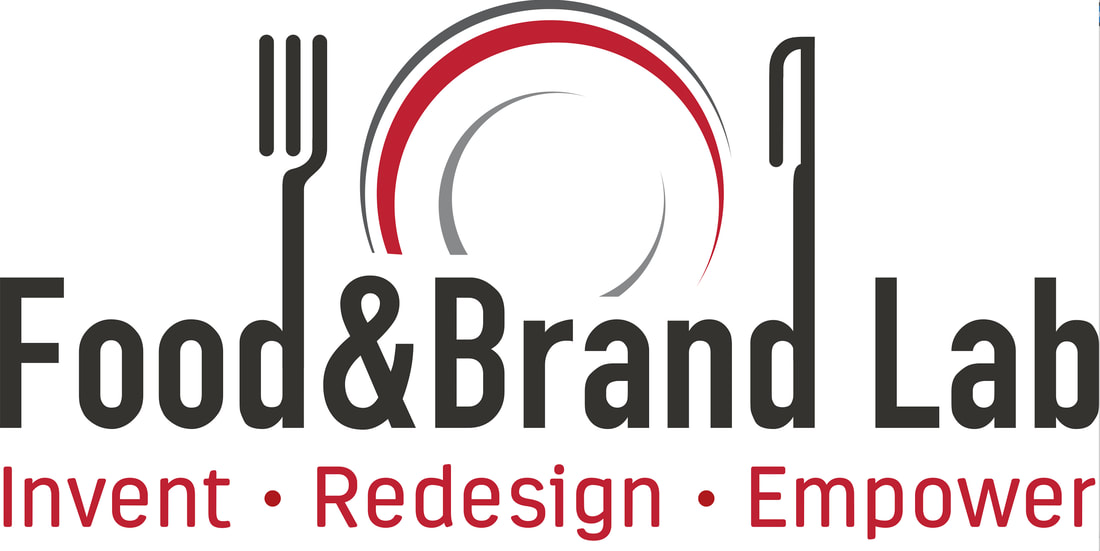Resources
Feel free to download and use any of the graphics, illustrations, videos, and resources on the page for educational purposes and with credit.
This work is licensed under a Creative commons Attribution-NonCommercial-NoDerivatives 4.0 International License.
|
SummaryOftentimes, school health administrators and concerned parents propose banning chocolate milk in the school cafeteria in an effort to get school aged children to drink white milk, at it has a lower sugar content that chocolate milk. We investigated potential outcomes of this proposed ban.
In 11 Oregon elementary schools, cafeterias replaced chocolate milk with skim milk for grades K-5 during the 2011-2012 school year. Milk sales data was collected in September and October of the 2010-2011 school year (pre-chocolate milk removal) and in those same months for 2011-2012 when the ban was in effect. Data on average daily participation rates, overall school enrollment, percent of students receiving a free or reduced price lunch, and milk waste were collected for the months of study. Milk waste data from 2010-2011 was not available for the Oregon schools, so data from New York State schools was used as a baseline. Almost all (90.1%) of the chocolate milk sales were recovered by 1% and skim milk. However, there was a 9.9% decrease in milk selection in general and an 8.2% decline in students who took milk. Nutritionally, the chocolate milk ban did result in sugar and calorie decreases, but it also resulted in decreases in protein and calcium, and an increase in fat intake. Additionally, the ban resulted in 29.4% more milk waste than in New York State schools, who did not have a chocolate milk ban. Additionally, there was an overall decline of 6.8% in school lunch program (NSLP) participation. Ultimately, while banning chocolate milk may result in a decrease in calorie and sugar consumption, it can also result in increased milk waste, decreased milk intake, and decreased purchase of school meals. Consequently, food service managers should consider the costs and benefits of eliminating chocolate milk. In order to avoid negative outcomes while still promoting healthful eating, we propose making white milk a more visible and attractive option in lunchroom environments. Hanks, Andrew, David Just, and Brian Wansink (2014). Chocolate Milk Consequences: A Pilot Study Evaluating the Consequences of Banning Chocolate Milk in School Cafeterias. PLOS ONE, 9(4), e91022. doi: 10.1371/journal.pone.0091022
| ||||||
